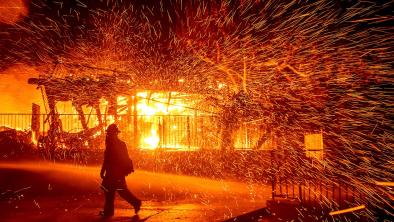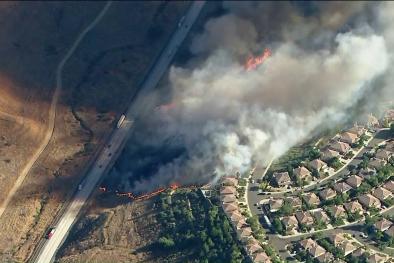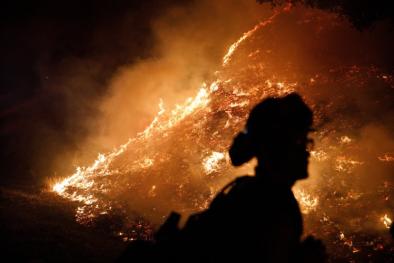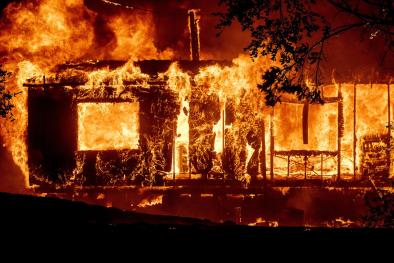5 Lessons We Learned From the California Wildfires
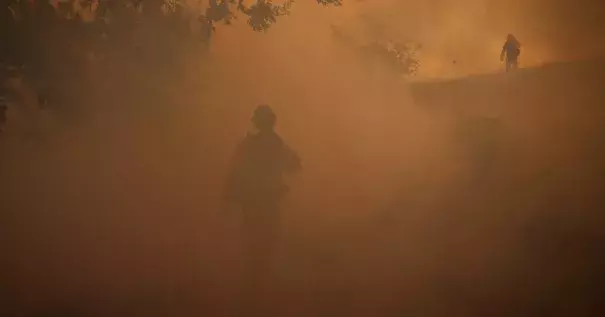
Even though California is no longer in a drought, dry vegetation remains a top concern for firefighters and climate scientists.
That is in part because a warming atmosphere means potential fuels are drying out more than they would have a century ago, said A. Park Williams, an assistant research professor at Lamont-Doherty Earth Observatory at Columbia University.
The cause and effect is quite straightforward: Drier plants catch fire more easily, allowing fires to grow bigger and faster.
But climate change is one of many factors contributing to fire danger. The Santa Ana winds have been a phenomenon for thousands of years. Those regular wind events can lead to crisis when they intersect with the drier landscape and man-made triggers like the state’s failing private power infrastructure.
“California is about 3 degrees Fahrenheit warmer today than it would be without climate change,” Dr. Williams said. “And so everything is occurring against that warmer backdrop.”
Related Content
